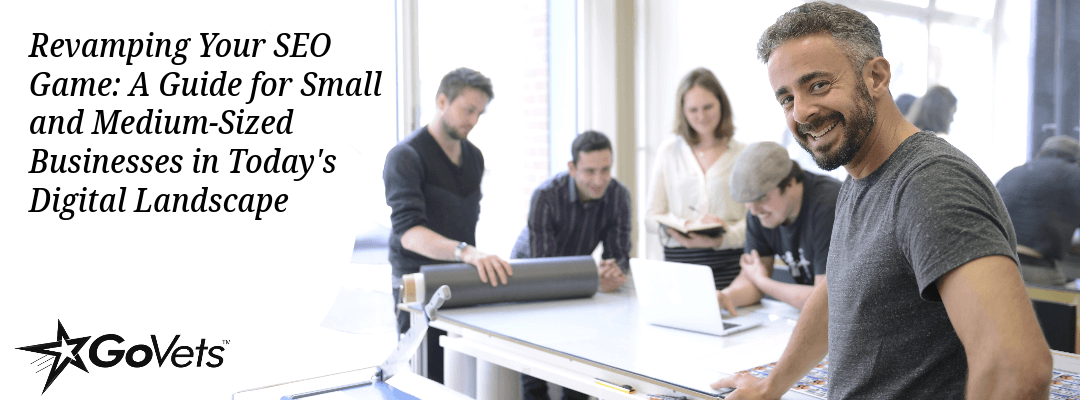Revamping Your SEO Game: A Guide for Small and Medium-Sized Businesses in Today's Digital Landscape

Overview
By referencing insights from George Kocher's Forbes article, "Is Your SEO Strategy Effective In The New Digital Landscape?", this post aims to provide small and medium-sized business owners with a comprehensive understanding of the changing landscape of search engine optimization (SEO) and how to adapt your strategies for success.
The Evolving Digital Battlefield
Gone are the days when SEO was a simple affair of keyword stuffing and backlink gathering. Today, the digital landscape is a battleground where AI-generated content and skilled digital marketers are in a perpetual tug-of-war for Google's prime real estate—the coveted "Page One, Position One."
As Kocher highlights, the overuse of AI-generated content has, to some extent, "spoiled the SEO pond." Small and medium-sized businesses may find it particularly challenging to compete with larger companies that have extensive resources for content creation. So, is SEO still a viable option for smaller businesses? The answer is not a simple yes or no; it depends on your approach.
Understanding the Core Purpose of SEO
SEO is not a quick fix or a cheat code to business success. As Kocher correctly points out, the true purpose of SEO is to provide value to your audience. In the hyper-competitive online environment, Google's algorithms are becoming increasingly sophisticated, focusing on expertise, authoritativeness, and trustworthiness (EAT) rather than mere keyword density.
So, the first step for small and medium-sized businesses is to shift the focus from a purely keyword-centric approach to one that aims to offer genuine value to the target audience. Start by asking, "What are my customers searching for?" and develop your content accordingly. This approach will not only improve your rankings but will also help you connect with your audience on a deeper level.
Weighing Your Marketing Options
If you're a small or medium-sized business owner short on time and resources, you might want to consider other marketing avenues, as Kocher suggests. These could include:
Pay-Per-Click (PPC) Advertising
This model requires careful keyword research, budgeting, and continuous monitoring. Challenges include ad fatigue and competition, but with proper targeting and compelling ad copy, PPC can be a highly effective tool.
Email Marketing
A strong email list and valuable content can foster customer loyalty. Your 2023 email strategy should include personalized and segmented emails to maintain engagement and appeal to your target audience.
Social Media Presence
Consistent, engaging content and interaction with followers can build brand awareness. In crowded social feeds, focus on creating unique content for your social media channels and consider paid promotions for additional visibility.
However, if you can offer real expertise and value, SEO can still be a formidable tool for you. It's all about leveraging your knowledge to answer the questions your audience is asking and becoming a trusted authority in your field.
Opportunities Amidst Challenges: The Future of SEO
Yes, the SEO landscape is crowded and fiercely competitive. But remember: genuine expertise stands out. For those willing to adapt, opportunities abound. Kocher encourages business owners to reassess their SEO strategies. For small and medium-sized businesses, this could mean a pivot to a more content-rich, audience-focused approach.
Whether it's through creating in-depth content, engaging with your audience on social media, or collaborating with other experts, the key is to build credibility. SEO is no longer a sprint; it's a marathon. It requires a long-term commitment to providing value and building a trustworthy online presence.
In conclusion, while the game has changed, SEO remains a valuable component of your marketing arsenal. The essence of SEO hasn't changed—it's still about providing value. It's about how you adapt your strategies to meet the new challenges of this digital age. So, don't abandon ship just yet; instead, adjust your sails and navigate through the choppy waters of the new digital landscape. With the right approach, small and medium-sized businesses can not only survive but thrive in this ever-changing environment.

